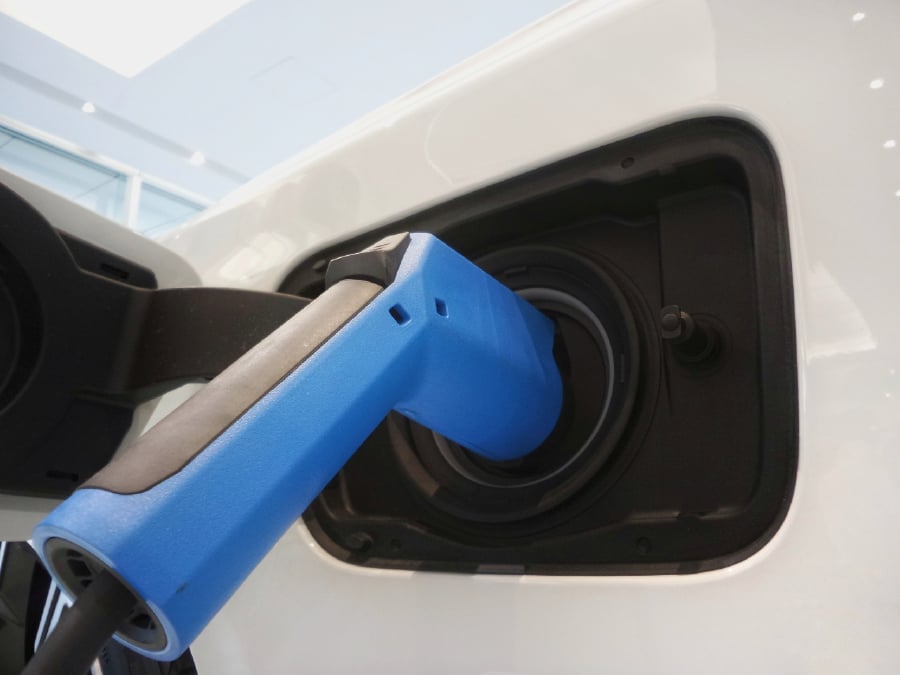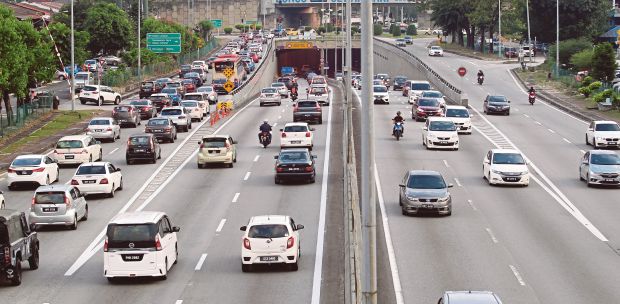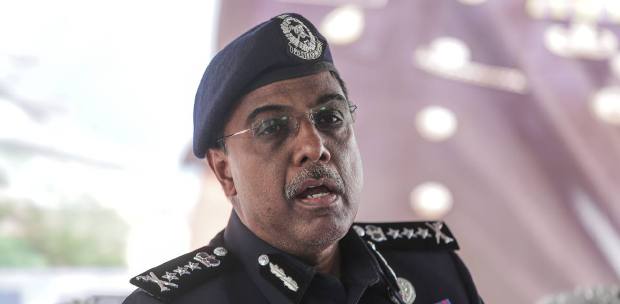Jakarta will soon bring in 100 new electric buses under TransJakarta fleets.
As quoted by CNN Indonesia on March 1, 2022, it was one of the Jakarta Governor Anies Baswedan's commitments to promote Jakarta as a free-emission city through the introduction of electric public transportations with Transjakarta as the pilot project.
It was expected to invite citizens to shift to public transportation while improving Jakarta's air quality. The project is planned in phases, with an aim to complete half of the target by 2025.
Through the success, an innovation of transforming the entire TransJakarta fleet to an electric-based vehicle, also as part of creating a green city are now focused.
On Feb 24, 2022, Anies met the United Kingdom's Secretary of State for International Trade Anne-Marie Trevelyan and her staffs in Jakarta's Mass Rapid Transit (MRT).
Above the city train, they discussed the potential collaboration between Jakarta and the UK in various climate-related programmes, as Jakarta targets to achieve zero emissions by 2050.
"We envision changing the face of Jakarta from a city that was once dominated by traffic and pollution to a pioneer in providing a safe, comfortable, inclusive and sustainable public transportation," explained Anies through his Instagram account.
The meeting also discussed another important breakthrough: improving the city's public transportation system through JakLingko programme.
JakLingko was designed to integrate payment and mobility between Jakarta's transport modes which includes TransJakarta, KRL Commuterline, MRT, LRT, and local angkot (Mikrotrans) just by a single card.
Understanding that Jakarta has an approximate 600km square (20 x 30km) area size and having around 11 million population (reaching 34 million added from greater areas), congestion is expected.
(Note: for comparison, Kuala Lumpur has around 243 km square area size with around 1.8 million citizens in 2019, while Greater KL has the size of 2,700 km square where 7.5 million population reside in 2018).
Therefore, a comprehensive transportation strategy must be designed for smooth mobility in Jakarta.
Anies created a priority list on managing this issue, with pedestrian facilities as the main priority, bicycle facilities and emission-free vehicles as second, followed by an integrated public transportation system, while facilities for private vehicles become the last.
In Jakarta, 364km of sidewalks were built. It has become a place not just to walk, but a platform for interaction. Walking has become a new habit, where it was expected that citizens will travel by feet in the future, while creating a healthier and safe space for interactions.
Additionally, Jakarta government offered convenience for bicycle users as part of a free-emission vehicle use, while contributing to a healthier trend as cycling activities increased 10 times more during the pandemic.
So far, 96km of bicycle lanes have been built – with 63km built since 2019 and targeted to reach 500 km by 2030. There are 67 bicycle mooring points and 487 rental places found in the city today. Regulations have also been imposed for all buildings in Jakarta to allocate 10 per cent bicycle parking area and provide shower areas for cyclists.
For public transportation, previously the city had low unified system with different operators managing solitarily. Today, Jakarta public transportation has three aspects of integration: accessible routes, affordable tickets, and a unified management through JakLingko program, where "Jak" refers to Jakarta, and "Lingko" is a term used in the interconnected irrigation network in Manggarai, Flores Island, East Nusa Tenggara.
The idea of integrated transport system began in 2018, soon after Anies started his governorship. He stated that more than 25 Jakarta's public transportation operators complained on an unfair centralized costs
regulation imposed, which affected their budget. The meeting brought inputs, which led the governor to create an integrated system, seen as good news by the operators.
Through this, the Jakarta government pays for the service provided by the operators. Drivers are paid through the distance (kilometers) achieved on different routes. The vehicle's achieved distance is digitally monitored and quantified by field officers.
"Thus, the operators can run their business sustainably and we can continuously pay their services in a reasonable and measurable price, so that Jakarta citizens can ride conveniently in all Jakarta area," said Anies in his YouTube channel #DariPendopo on Dec 19, 2021.
In 2018, JakLingko started with 109 routes and 2,300 fleets. Today, it has 248 routes and 4,123 fleets.
Currently, the coverage has been doubled, covering 83 per cent of the city (from 20 per cent), and is expected to cover 95 per cent in the near future.
It also changed the concept of micro transportation or "angkot", where drivers do not need to chase deposits and wait on the roadside, reducing the city traffic significantly.
Through this, passengers can take a reliable and punctual transport without unnecessary stops ("ngetem"). The drivers have fixed monthly salary and working hours, without worrying on daily passengers' count.
The vehicle owners also have a definite income based on the kilometers achieved. It also led to a positive atmosphere, as drivers were thanked for the ride due to the feeling that passengers are getting a "free ride" by one-time JakLingko card use.
Until 2020, this programme reached up to one million passengers per day, from initially 350,000 of daily ridership. This also contributed to further coverage expansion, which could improve the service altogether.
It was planned that the card will incorporate many digital facilities provided by financial organizations, which could add to the benefits given.
Through the collaboration, mutual benefits are attained: operators became more prosperous, the government served, and the community gets a reliable and fastidious transport service.
"What is important for passengers is that, 'I can go from anywhere to anywhere, and can transit anywhere, only by one-time pay'," Anies stated.
In spite of the government subsidy cost addition, the benefits of better routes, affordable prices, and convenience can be attained. Some people tend to spend up to 30 per cent of their income for transportation, but through this integrated system, that costs will fall to below 10 per cent -- thus citizens can utilize the funds for other purposes.
With further innovation, not only it can provide an economical solution, but also better integrated city with greener facilities in the near future.
The writer is a lecturer at the Institute for Communication and Business LSPR, Jakarta





